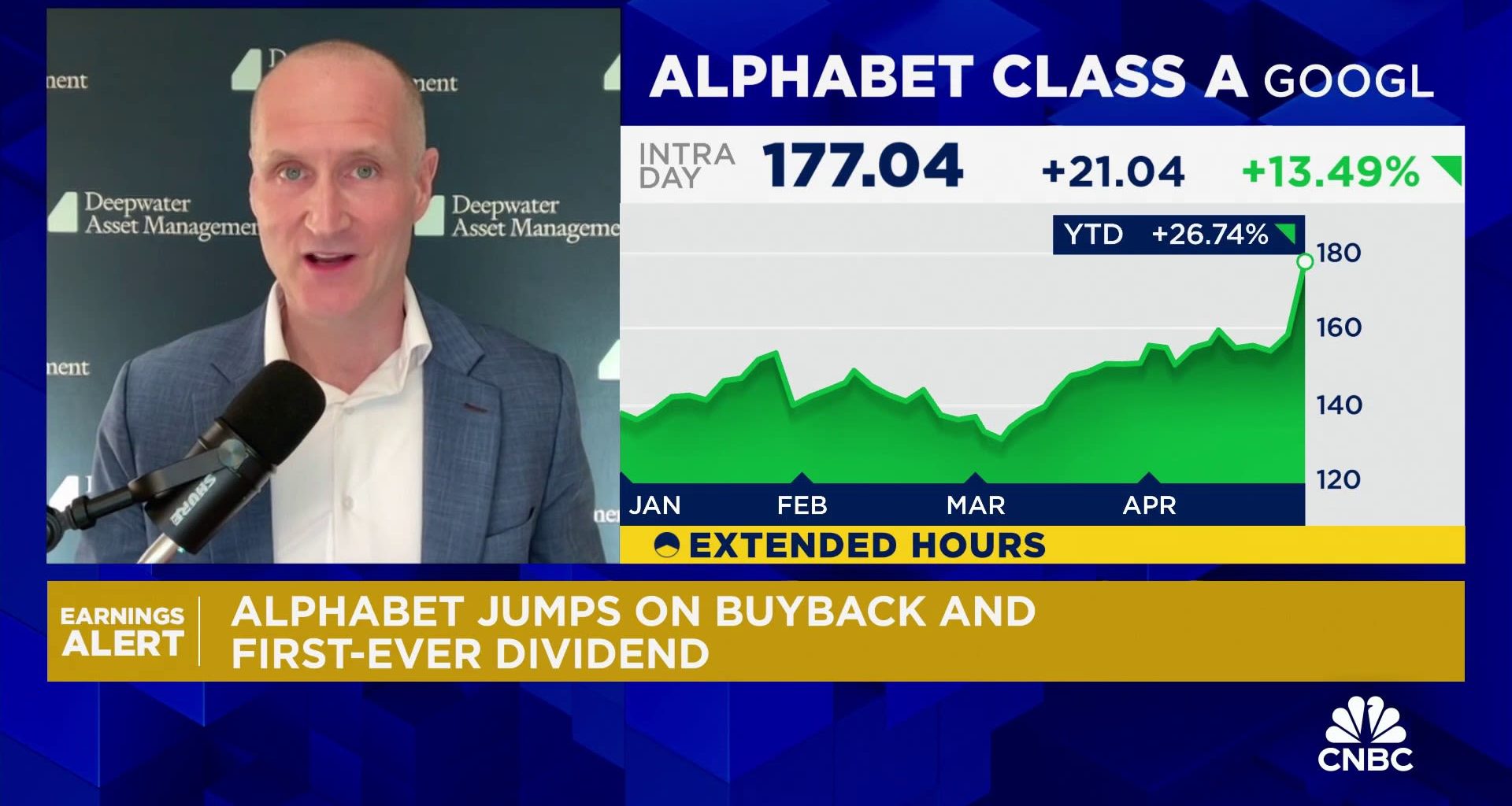Amy Hood, chief financial officer at Microsoft, speaks during a presentation on affordable housing in Bellevue, Washington, on Jan. 17, 2019.
Chona Kasinger | Bloomberg | Getty Images
Microsoft is increasing spending at a rate not seen since at least 2016. It still might not be enough.
In its earnings report on Thursday, Microsoft said capital expenditures jumped 79% from a year earlier to $14 billion. The company is spending much faster than it’s increasing revenue — sales climbed 17% in the period.
Even with all that investment, Microsoft has a shortage of data center infrastructure, specifically for deploying artificial intelligence models.
“We do have demand that exceeds our supply by a bit,” Microsoft CFO Amy Hood told analysts on the company’s earnings call.
Companies need an ever-increasing amount of compute to run hefty workloads, adding human-like generative AI features into their products. It’s a boom that was kicked off by OpenAI and its ChatGPT chatbot, and Microsoft has followed suit, adding assistants to the Teams communication app, Bing search engine, and other services. The technology can summarize meeting transcripts, compose emails and explain information from the web.
Microsoft isn’t the only AI hardware vendor with a supply challenge.
Nvidia, the biggest developer of processors for training and deploying generative AI models, has been supply constrained, with revenue more than tripling in consecutive quarters. Now Microsoft, one of Nvidia’s major customers, is feeling the stress.
During the fiscal third quarter, revenue in Microsoft’s Azure cloud rose 31%, with 7 percentage points from AI. Hood said that the capacity issue might have affected AI results and will have an impact in the fiscal fourth quarter. A supply limitation means Microsoft has less available capacity to rent out to clients for deploying AI models at the inference stage, she said.
Azure is key to Microsoft’s future, contributing tens of billions of dollars in revenue every quarter and growing faster than most other parts of the company. Within Azure, AI services stand out as a highlight, attracting new clients as Microsoft goes up against Amazon Web Services.
Hood said that capital expenditures will increase “materially” in the current quarter, mainly for cloud infrastructure. And she called for higher capital expenditures in the new fiscal year, beginning July 1.
Microsoft intends “to scale to meet the growing demand signal for our cloud and AI products,” she said.
WATCH: Microsoft’s capex increase for AI infrastructure is not a surprise, says Deepwater’s Gene Munster

Read More: World News | Entertainment News | Celeb News
CNBC










